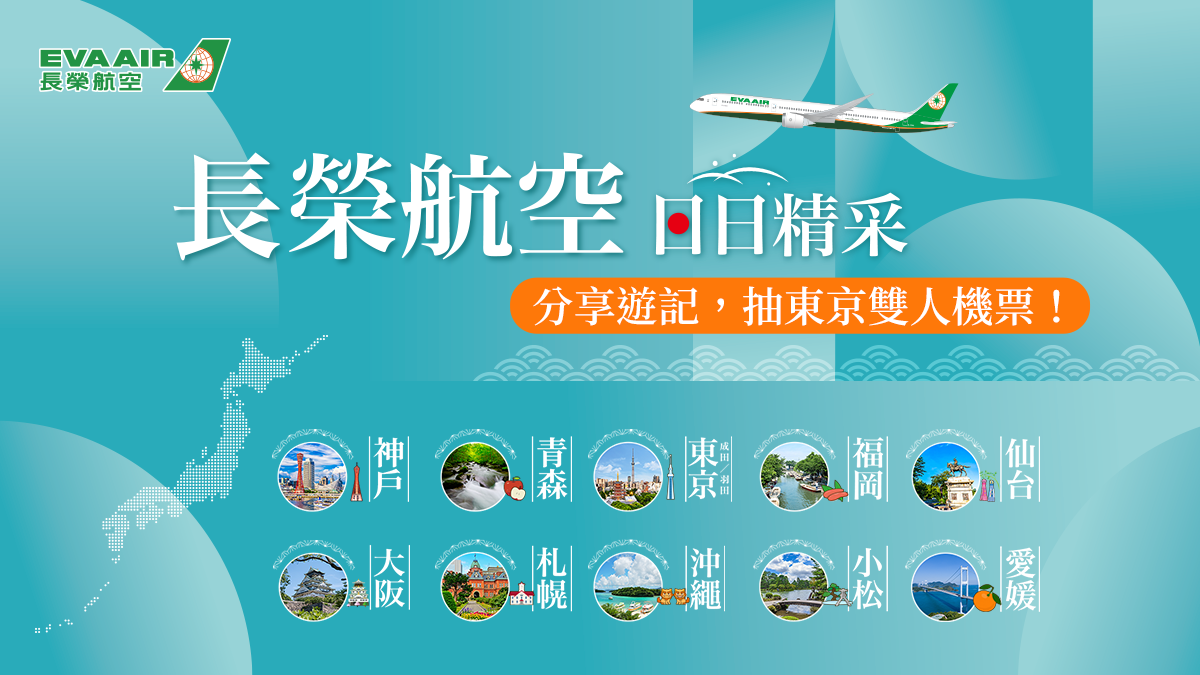Course : LINK
Understand common terminology
- Business Model : A plan to generate revenue and profit
- Value Chain : The process by which business receive raw materials, add value to the raw materials, and then sell that end product to customers.
- Strategy : A long-term plan of action designed to achieve business goals and objectives
- Porter's 5 Forces : A model that identifies competitive forces that shape every industry
- Growth Horizons : A plan to grow your business over time
1. Near Term : Opportunities to extend your business
2. Mid Term : Opportunities to build the future
3. Long-Term : Opportunities that create business options
- P&L Statement : Financial report that tracks revenue and expenses
- SG&A : Selling, general, and administrative expenses
- ROI : Return on investment
- Capital Expenditure (CapEx) : Purchases made to generate future value
- Fixed Costs : Static expences
- Variable Costs : Expenses based on the amount of product produced
Know the basics of your business
- What business are you in?
- What markets do you compete in?
- Who are your competitors?
- Who is your customer?
- Ask your organization :
1. How do we compete?
2. Who are our customers?
3. What differentiates our business?
Define your products and services
1. What problem does your business solve?
2. What solution do you offer?
- How to solve customers' problems?
- How to present your product as the best solution?
3. Who are your prospects and customers?
4. Why should prospects choose your product?
Build your offerings
- Where do inputs come from?
- Manufacturing
1. In-house
2. Outsourcing
3. Partnership
- Personnel
1. Employee
2. Contractors
Price strategy
Growth strategy
1. Acquisition : buying
- Consolidate departments and expenses to reduce costs
- Sell into new markets to drive growth
2. Organic
3. Geographic expansion
4. New products
Understand profit and loss
1. Revenue
2. Cost of goods sold (COGS)
3. Gross Profit
4. Operating profit
5. Interest, taxes, depreciation, and amortization
6. Net income
Know your performance levers
- Revence
1. Pricing
2. Volume
3. Discounts
- Costs
1. Labor
2. Raw Materials
- What performance levers has your company been pulling?
- Why did your company pull these levers?
- Were they successful?
Assess trends
- General Trends
1. Sales and profit
2. Margin
3. Cash accural
- Operating Trends
1. Head counts
2. Spending
3. Raw Materials
- Competitive Trends
1. Market share
2. Utilization
3. Fill rate
4. Cost per account
- Don't read the summary
- Analyze the information of yourself
Assess the competitive environment

1. Competitive Rivalry
2. Buyer Power
3. Supplier Power
4. Threat of New Entry
5. Threat of Substitution
Define how you'll compete and win
- Core competencies are what make you great
1. Make a list of your major competencies
2. know how to explain your position in the marketplace
- what makes you great
- What differentiates you in the marketplace?
- What are your core competencies?
Evaluate your initiative pipeline
- Initiatives drive the new products and innovations that fill the pipeline
- Clarify initiatives to refine the pipeline
Set priorities
- How are projects prioritized in your company?
- Who sets the priorities and manages the process?
- How are ideas submitted?
- What kinds of projects get approved?
Know your operations

1. How do your operations run?
2. How are your operations organized?
3. How do you handle raw materials?
4. How do you transport goods and materials?
5. Review your profit & loss statement for operations.
6. How do your operations impact profitability?
Consider how you sell and market
- Do you sell to consumers or through distributors?
- Sales models can be customer driven.
- Who are your customers and how do you reach them?
- Different sales models drive different cost structures
Understand research and development
- What type of R&D does your company do?
- R&D process depends on the business model
- How to find your R&D models?
1. Read your annual reports
2. What innovations are being considered by management?
3. How do innovations get to market?
4. Talk to stakeholders who lead successful development projects
- Where did the idea come from?
- Was it formal or informal process?
Develop new products
- How do you create new products?
- Who makes the decisions?
- What research is done to support new products?
- How long does it take to create a product?
- How do you protect new products?
Manage people
- What types of Employees Do You Have?
1. Hourly?
2. Salaried?
3. Contract?
- How are your employees paid?
- How do you measure employee performance?
- People drive operations, which drives performance
Look at the complete business
1. Develop cross-functional relationships
2. Research information available externally and internally
3. Listen to earnings calls and quarterly business reviews
- Feb 08 Mon 2021 08:54
[Strategic Thinking] Develop Business Acumen
close
全站熱搜
 留言列表
留言列表
禁止留言



 留言列表
留言列表


